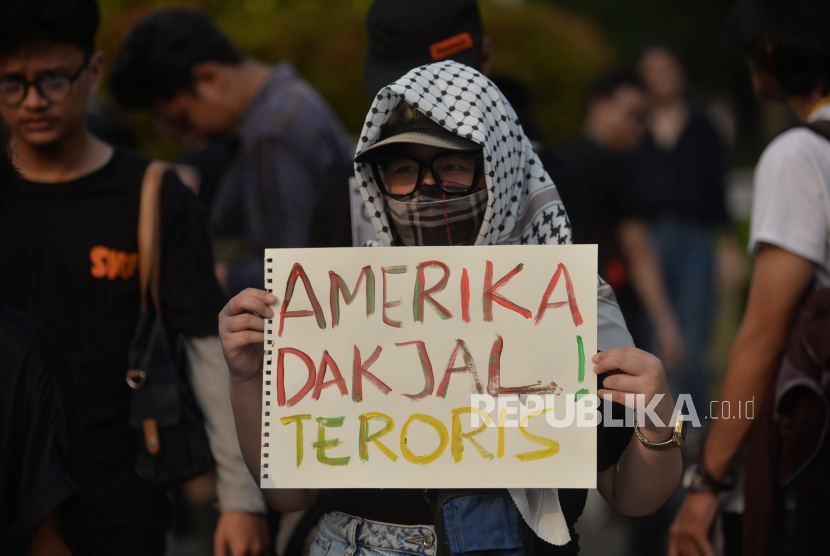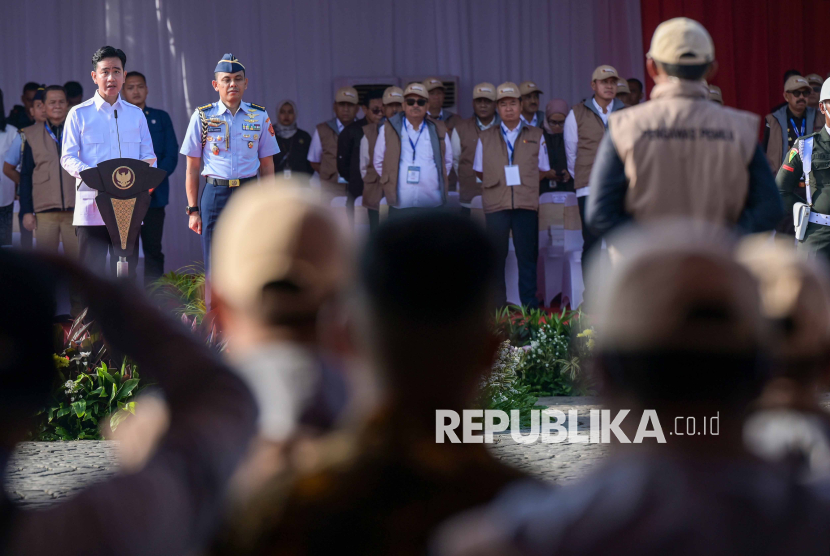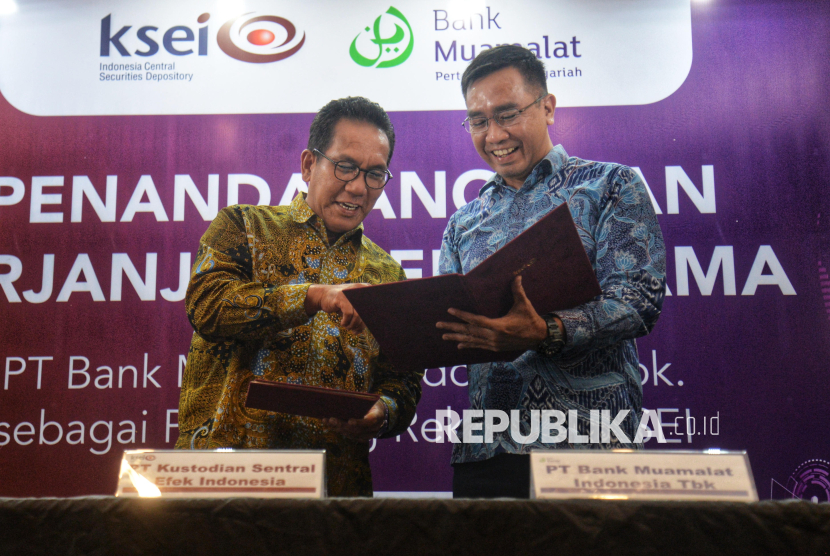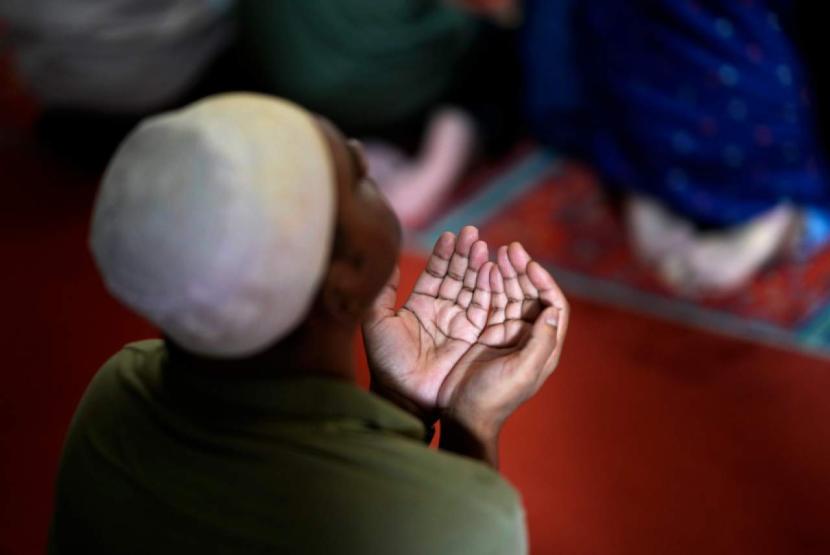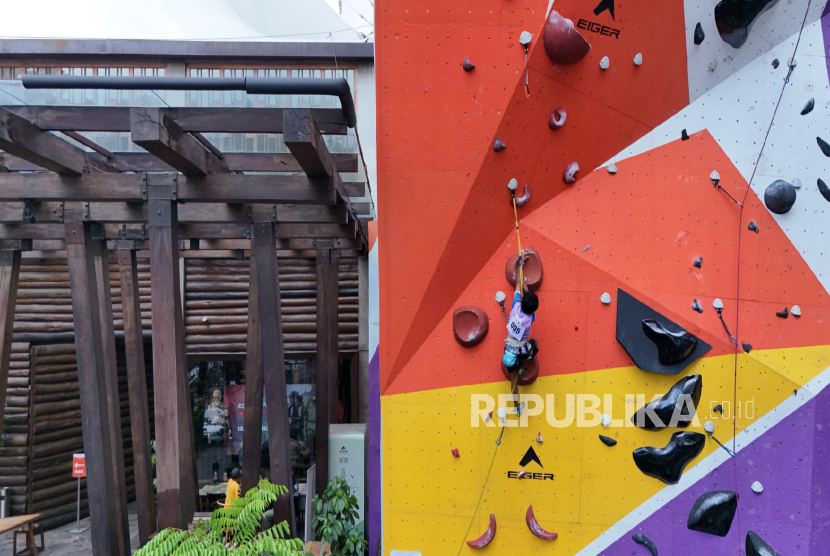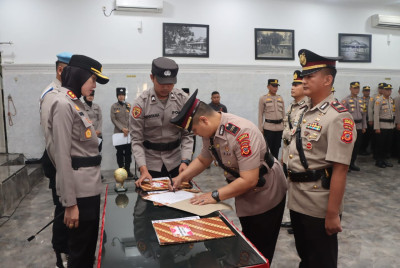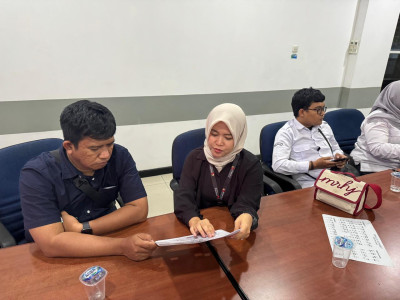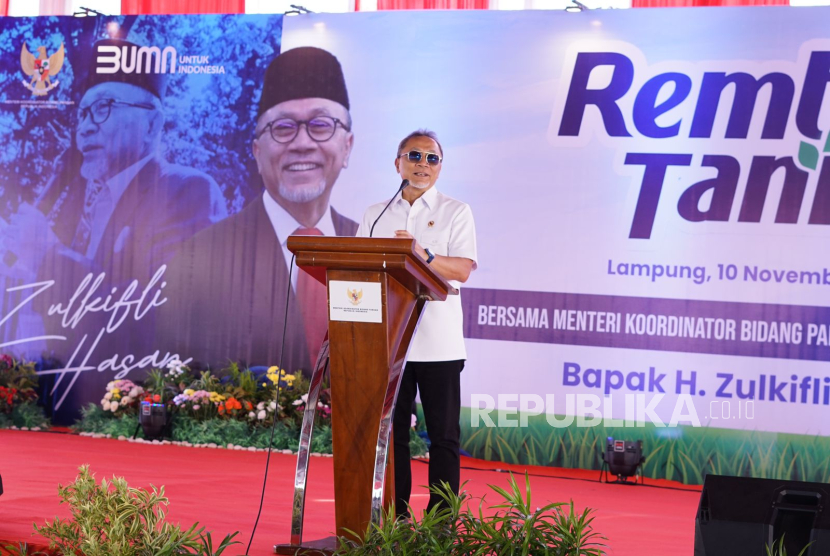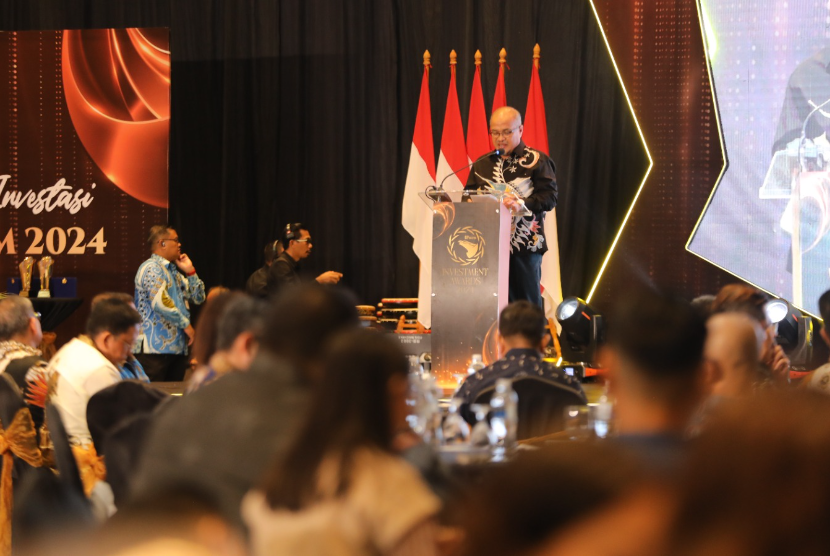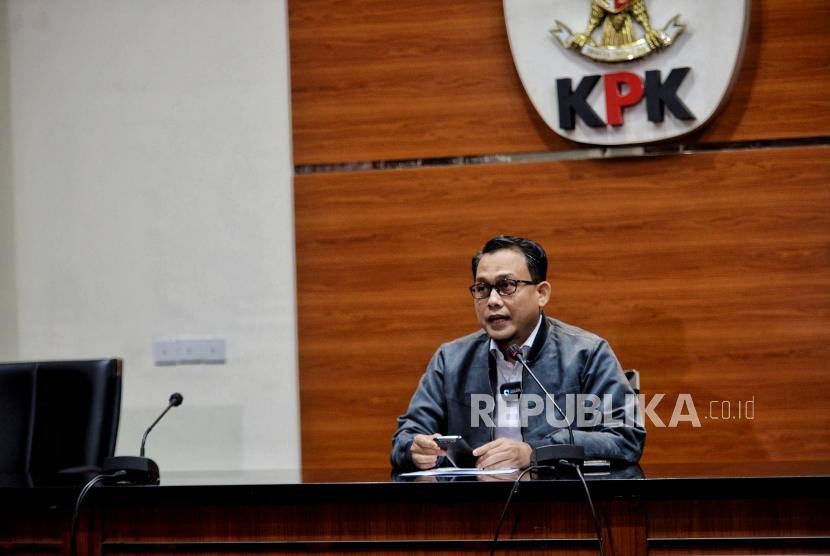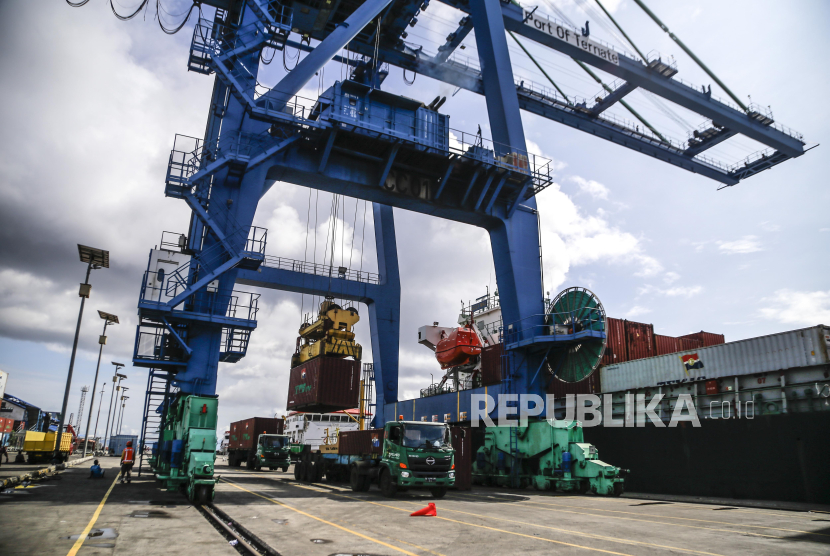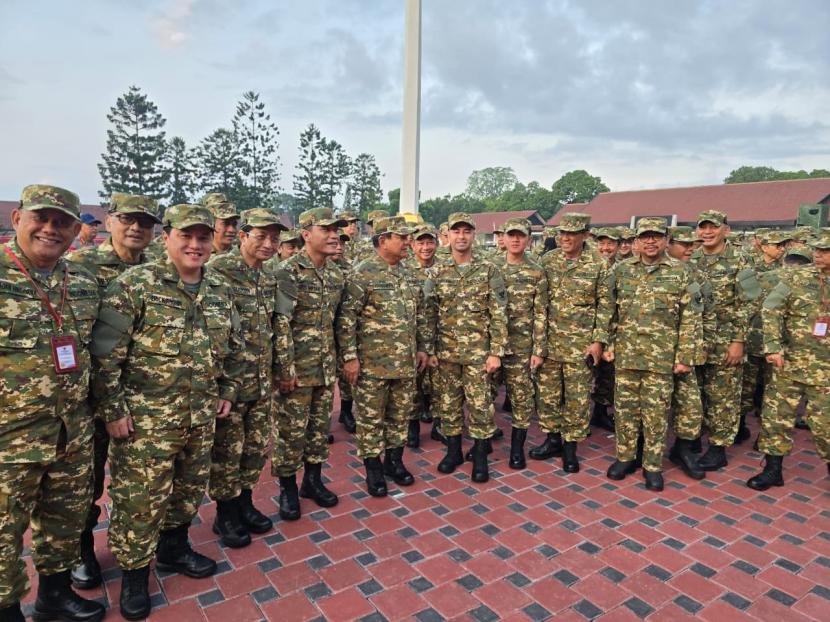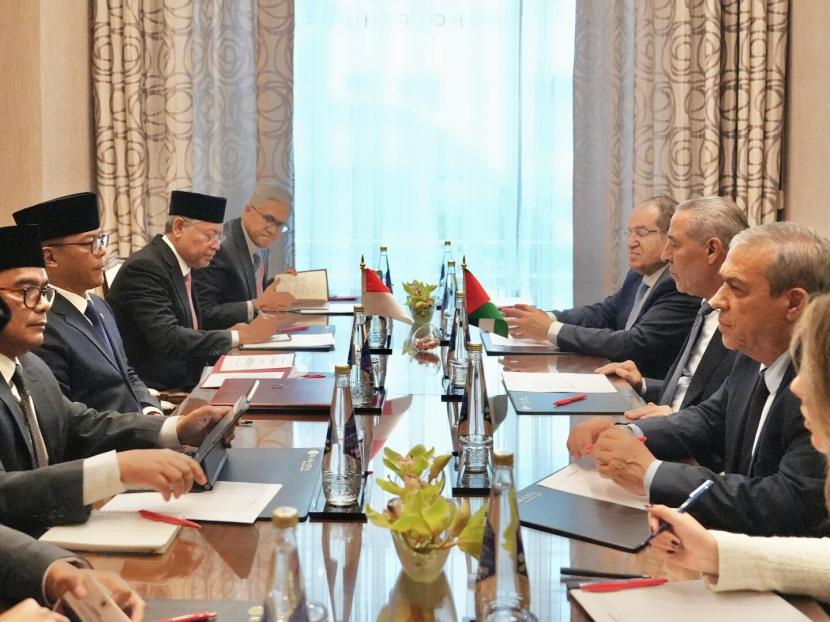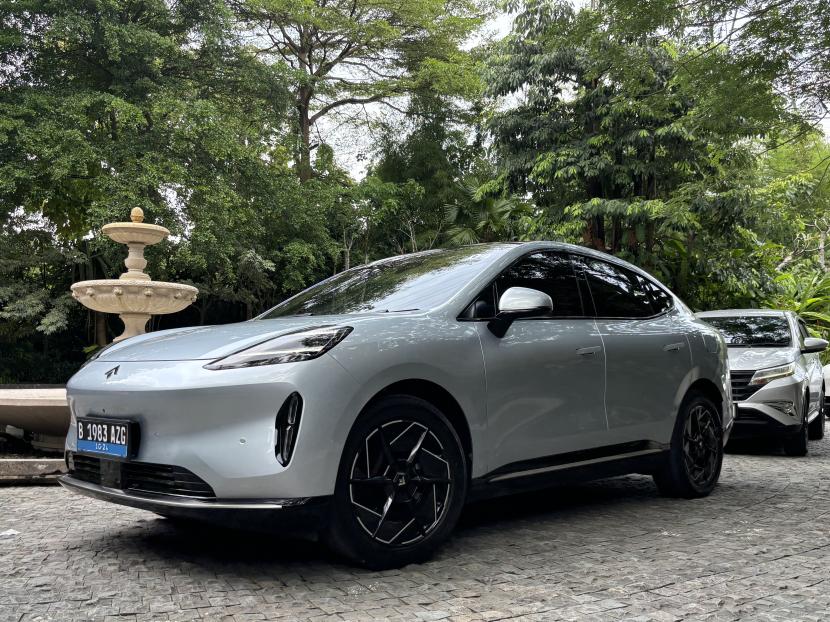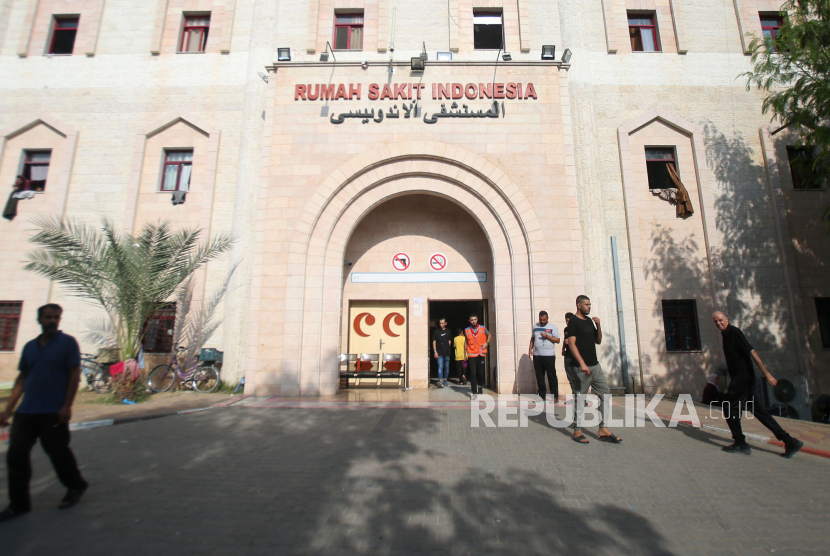REPUBLIKA.CO.ID, BAKU - PT PLN (Persero) confirms its readiness to support its vision of energy self-sufficiency by increasing renewable energy utilization by 75 percent by 2040. The strategic move is in line with the government's efforts to achieve the 8 percent economic growth championed by President Prabowo Subianto.
Special Envoy of the President of the Republic of Indonesia in Conference of the Parties (COP) 29 Hashim Djojohadikusumo stated that under the leadership of President Prabowo Subianto, Indonesia is fully committed to reducing carbon emissions through energy transition. Therefore, the government is working to align resources and all policies into an effective and efficient energy transition strategy.
“The energy transition is not just about reducing greenhouse gas emissions, it's also about balancing growth with environmental sustainability. Indonesia will achieve clean, green and affordable energy, while accelerating economic growth of 8 percent,” Hashim said at the COP29 CEO Climate Talks on “Enhancing Ambition on Renewable Energy” in Baku, Azerbaijan, Monday (11/11).
Hashim explained that by 2040, Indonesia is ready to increase its renewable energy mix by 75 gigawatts (GW) coming from hydro, geothermal, bioenergy, solar, and wind power plants. To achieve this ambitious target, Indonesia needs at least $235 billion worth of investment, including to build a 70,000-kilometer (kms) green transmission line stretching from western to eastern Indonesia.
“Global climate change requires a global solution. No single country can confront and solve this problem alone. The only way to move forward is through interstate collaboration. I believe we can do this, not only because of international environmental agreements such as the Kyoto Protocol and the Paris Agreement, but because we really care about ensuring a better future for future generations,” Hashim added.
PLN President Director Darmawan Prasodjo reiterated PLN's commitment to support the Indonesian Government's target of achieving 8 percent economic growth through sustainable energy self-sufficiency. In this regard, PLN has prepared a concrete roadmap and continues to expand its collaboration with local and global partners.
Currently PLN, Darmawan said, is redesigning the proposed Electricity Supply Business Plan (RUPTL), in which by 2040, PLN will add 100 GW of electrical energy, the majority of which is sourced from renewable energy.
Mr. Hashim has announced that 75 percent or about 75 GW of the additional capacity will come from renewable energy generation. This means that in the future we will reduce greenhouse gas emissions through the addition of renewable energy-based plants derived from hydropower by 25 GW, solar by 27 GW, wind by 15 GW, geothermal by 6 GW, and bioenergy by 1 GW,” Darmawan said.
Darmawan explained that in order to reach the 75 percent renewable energy target, PLN will build a Green Enabling Transmission Line with a length of 70,000 kms to flow renewable energy sources that are mostly located in isolated areas to demand centers.
In addition, PLN has also designed the development of smart grids to overcome the intermittency in renewable energy plants, so that the clean energy generated from the plant can enter the PLN system in a stable way.
“We need to build a flexible power plant. We need to build smart grids, smart transmission, smart control centers, and smart distribution. Without a smart grid, we could only add 5 GW. But with the smart grid, we can increase wind and solar generation to 42 GW, so we can balance between electricity supply and demand,” Darmawan added.
Darmawan also stressed that the various initiatives cost a lot of money. For this reason, it continues to promote collaboration to succeed in the energy transition in achieving sustainable energy self-sufficiency in the country.
“Indonesia, along with other countries, must work together in formulating strategies, technological innovations and investments to achieve common goals. Collaboration, both between domestic, regional, and international investors, is key to achieving this big target,” Darmawan concluded.

 1 week ago
17
1 week ago
17
